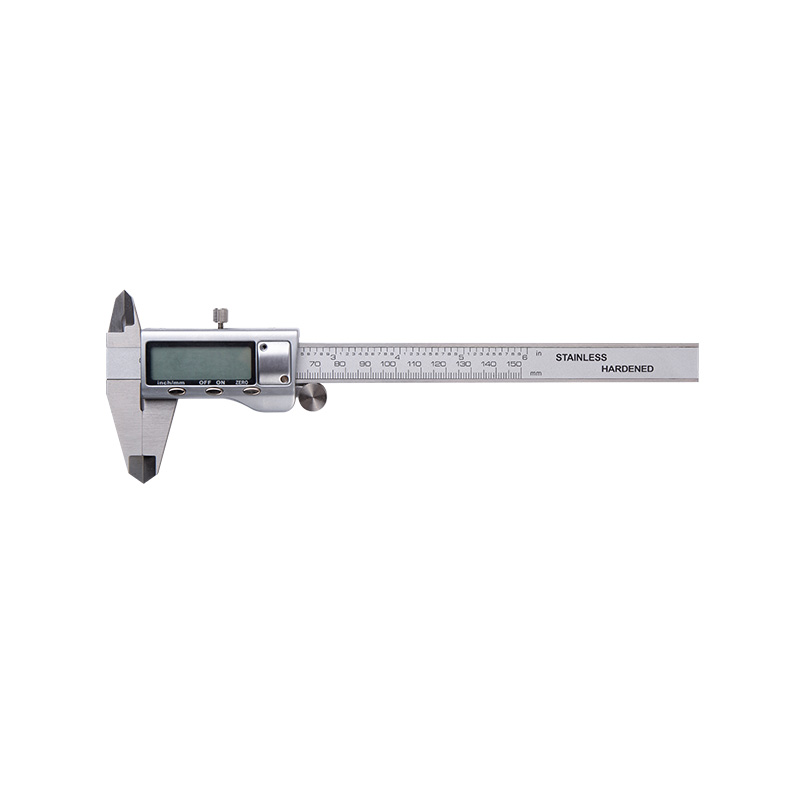Accuracy: Digital Calipers: The accuracy of digital calipers stems from their sophisticated electronic measuring system, which ensures precise readings with minimal margin for error. These calipers often boast high-resolution digital displays, typically showing measurements to three decimal places or even more. The electronic components eliminate the subjectivity of manual interpretation, providing consistent and reliable measurements. This is particularly advantageous in industries where precision is critical, such as manufacturing, engineering, and research.
Traditional Calipers: Traditional calipers, while capable of delivering accurate measurements, rely on manual interpretation of scale markings. This introduces a degree of subjectivity and potential for error, especially when reading vernier scales or dial indicators. Users must align the scale markings precisely and avoid parallax errors to obtain accurate measurements. While experienced users can achieve reliable results with traditional calipers, there's an inherent risk of misreading or misinterpreting the scale, particularly when measuring small increments or in less-than-ideal lighting conditions.
Ease of Use: Digital Calipers: Digital calipers prioritize user-friendliness with intuitive features and clear digital displays. The instantaneous display of measurements eliminates the need for manual interpretation, streamlining the measurement process and reducing the likelihood of errors. Many digital calipers include additional functionalities such as zeroing, absolute and incremental measurement modes, and unit conversion capabilities, further enhancing usability. These features make digital calipers accessible to a wide range of users, regardless of their experience level.
Traditional Calipers: Traditional calipers require users to possess a certain level of skill and familiarity with reading scale markings. Vernier scales and dial indicators necessitate precise alignment and careful observation to obtain accurate measurements. While traditional calipers offer simplicity in their mechanical design, they lack the convenience and advanced features found in digital models, such as automatic shut-off and data output capabilities.
Maintenance: Digital Calipers: Digital calipers are designed for minimal maintenance, thanks to their sealed electronic components and robust construction. Routine maintenance typically involves keeping the measuring surfaces clean and free from debris to ensure accurate readings. Battery replacement, although necessary periodically, is a straightforward task, with batteries often lasting for thousands of measurements. The durable construction of digital calipers ensures longevity and reliability, requiring minimal intervention to maintain optimal performance.
Traditional Calipers: Traditional calipers may require more extensive maintenance to uphold accuracy and functionality. Cleaning and lubricating mechanical components are common practices to prevent sticking or binding of the jaws and ensure smooth operation. Regular calibration or adjustment may also be necessary to compensate for wear and maintain accuracy over time. While traditional calipers offer simplicity in their mechanical design, they demand more attention to upkeep and may be prone to degradation with prolonged use.
Digital caliper




 English
English Español
Español
















